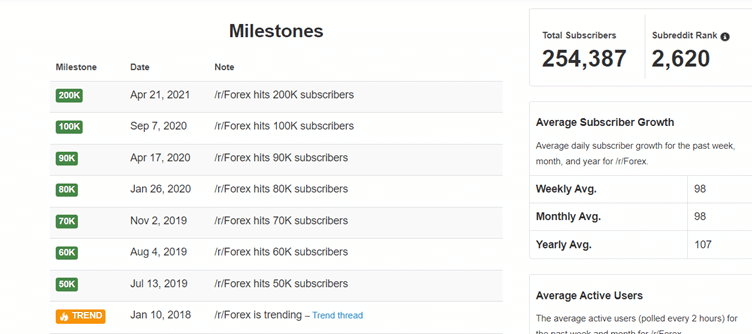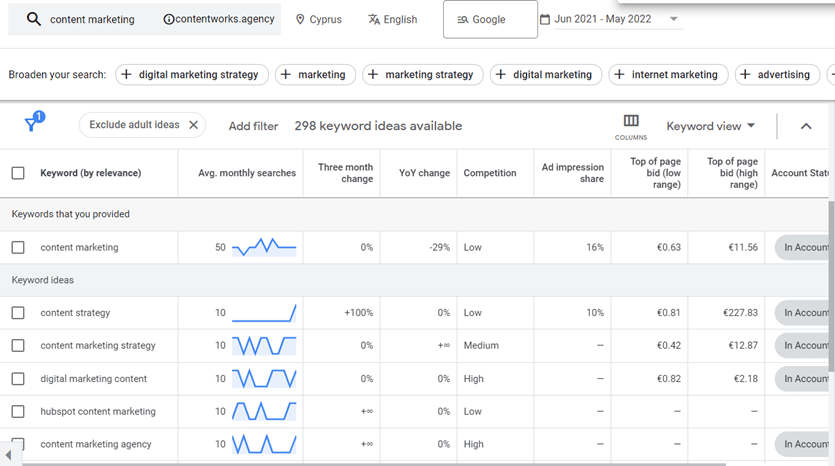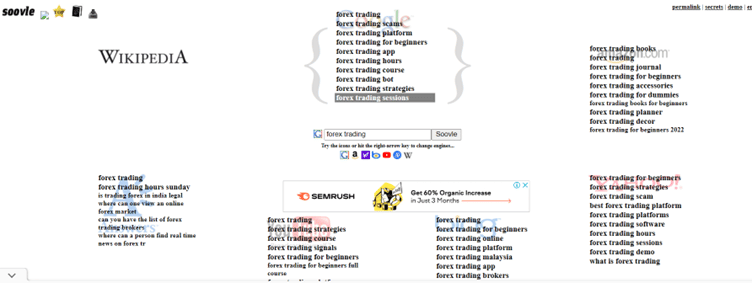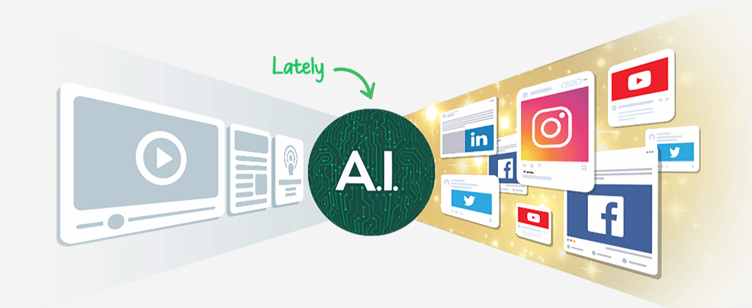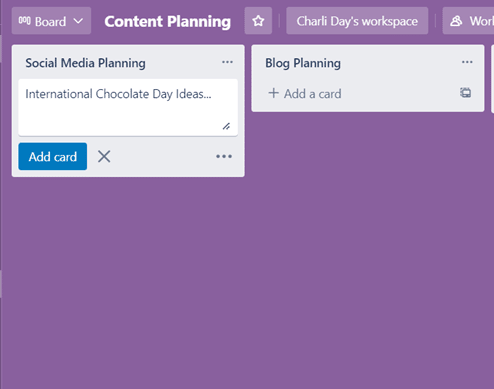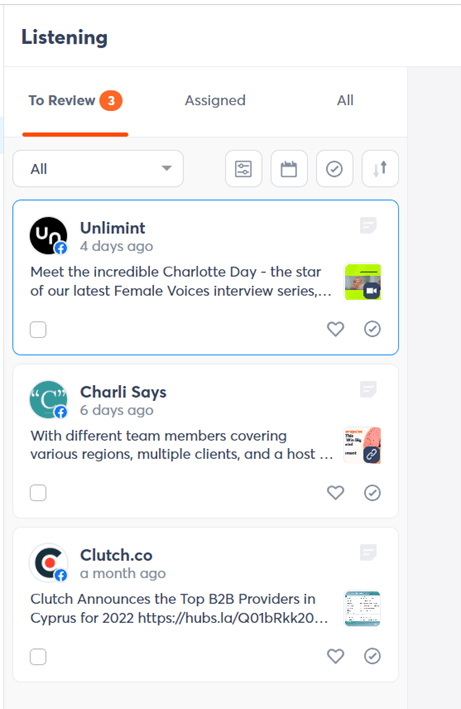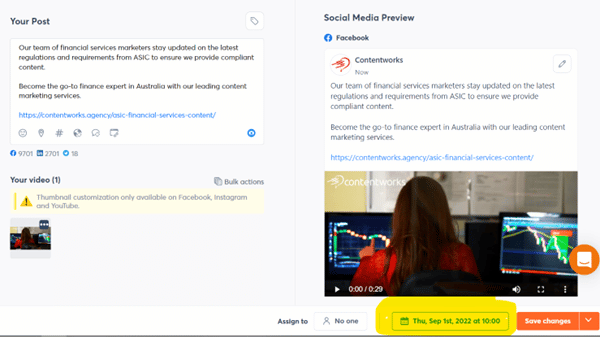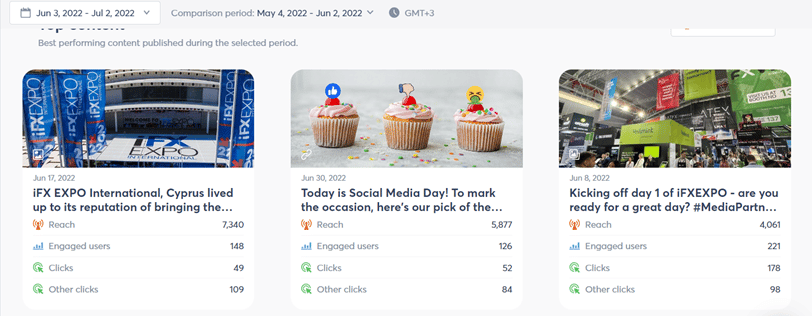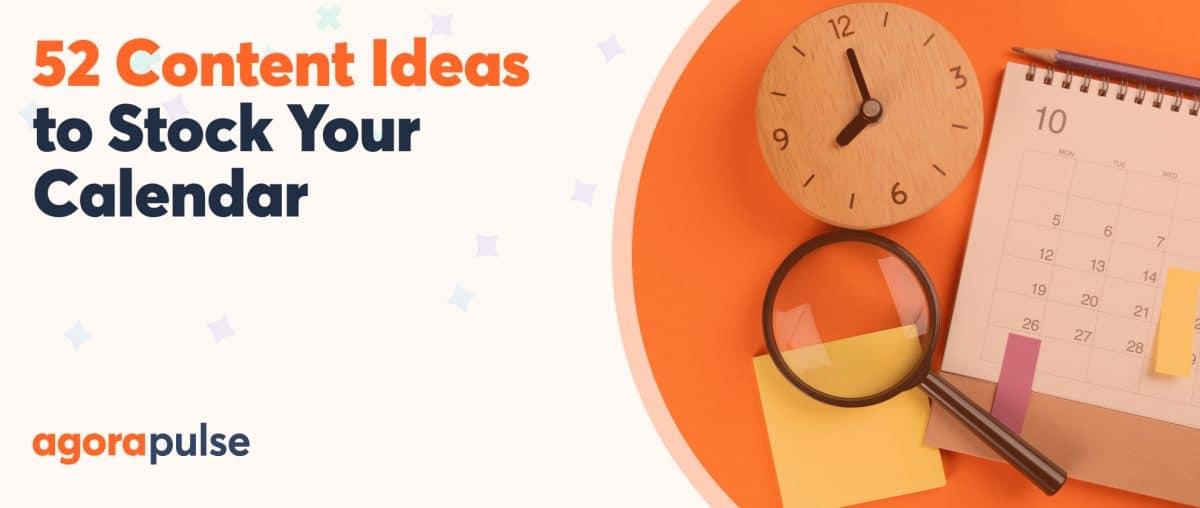While your content strategy is the road map, your well-executed content plan is the road that takes you there. Planning great content is important, but it isn’t easy. In this article, we examine the challenges of creating content and suggest seven content planning tools to help.
Why Planning Your Content Matters
Having a formal process for content marketing planning is utilized by world-leading marketing agencies and brands. In addition to the obvious advantage of staying organized, a content plan has several benefits.
Benefits of a content plan
- A content plan allows you to document how you are aligning your content with your strategy and social media KPIs.
- Planning and scheduling content in advance covers your team for sickness or vacation leave. This is a big win for busy marketing agencies.
- Gaining approvals from organizational stakeholders like compliance or legal are easier when you’re working days or weeks in advance.
- You can plan for trending days, celebrations, and sector-specific dates.
- Planning ensures you are tracking content performance and improving your approach.
- Creating a content plan is helpful for the extended marketing team. It allows designers to create graphics, GIFs, and videos ahead of time.
- A plan helps you to be more strategic tying in different content like blog posts with social media or paid campaigns.
- Viewing a documented content plan helps marketers to create an engaging mix of created and curated content. It also helps to ensure a balance of evergreen content and trending content.
- Key selling opportunities like Christmas or Halloween begin weeks (even a month) ahead of the event as people purchase costumes, gifts and candy. Planning will help you cash in on those sales.
- When you have multiple channels to manage, you can easily make a mistake or overlook an important event or date. With content planning, you’re more likely to stay in control and capture opportunities. You’ll also be able to address gaps or duplicates in your content schedule.
Why Are Brands Failing With Their Content Plans?
Semrush asked 1,500+ marketing agencies and businesses if they have a content marketing strategy. 84% said that they do but only 11% said that they consider their strategy to be an excellent one. I’m not surprised by this statistic. Creating a winning content strategy is one thing but planning and executing the content is another. There is often a disconnect between the strategy and the content plan. But why is that? Here are some of the reasons brands are failing with their content plan.
- It takes time and effort. Often a brand will hire a marketing agency like Contentworks to create a killer strategy. After that, they rely on an under resourced internal team to execute it. Creating a content plan takes a lot of research, time and skill. But if you want your strategy to be implemented then planning is necessary.
- Producing high-quality content is tough. To create a content plan, you need to have high quality content to fill it. That includes social media content which must be well written with great designs, videos and other marketing assets.
- Content planning tools are pricey. Content planning tools can be expensive and smaller brands either cannot include them in their budget, or don’t know which to choose.
- A content plan should be flexible. If you create a rigid content plan, you’re missing out on opportunities. That’s because your audience is moving with trends and news. If your content isn’t adapting, you’re not in the same place as your audience. Creating a flexible content plan means you’re ready to add to, or amend the plan accordingly.
- They’re not measuring content ROI. A content strategy is not a guarantee of success. It’s a roadmap for your content planning and direction. By monitoring your content ROI (financial or engagement metrics), you can pivot to other content if something isn’t working. Similarly, if something is working well, you can create more content in this area.
- They’re not being consistent. This is something we see repeatedly from brands that we audit. They begin their content planning with enthusiasm and great content. They then lose their consistency by skipping calendar days, posting substandard or off-brand content or sharing too much from other pages.
Content Planning Tools: Seven to Know
Content planning tools are plentiful. So plentiful, in fact, that it can be overwhelming. Keyword tools, forums, content analytics, trend analyzers, and calendar tools all form part of the content planning equation.
Here are content planning tools I use for our agency.
1. Explore popular news stories with FrontPageMetrics
To quote Ariel from “The Little Mermaid” movie, “I want to be where the people are … ” Right now, the people are on Reddit! Reddit is a social sharing website built around users submitting text, images and video that others can vote on. Reddit bills itself as ‘The front page of the Internet.” As of June 2021, Reddit ranked among the most popular mobile social apps in the United States with almost 48 million monthly active users.
There are millions of communities known as subreddits, which cover different topics. There’s a Reddit thread for virtually every area of interest. But how do you find what people are talking about the most? Frontpagemetrics.com identifies the subreddits that are seeing the most daily, weekly, and monthly growth.
FrontPageMetrics is great for content planning because it shows you the questions people are asking and the topics they are discussing. You can search for topics such as “forex” and see the most popular threads and trending topics. Diving in deeper you can pick out content planning ideas that fit with the trend.
Choosing popular or trending topics will not only help you to get noticed, but it will also improve your ranking, engagement, and follower count.
2. Analyze keywords with Google AdWords Keyword Planner
Using the right keywords can really elevate your content to the dizzy heights of virality. That goes for blog, PR, and social media content marketing. So, when you create your content plan, you need to know which keywords to use.
Of course, to run ads you will need to invest some budget, but the Google keyword tool is free. This tool is tied directly into Google AdWords, so you can pull the top keywords for your search. You can also see how much you would need to pay to bid on these keywords should you go down the AdWords route.
Google AdWords Keyword Planner is extremely useful for creating an optimized content plan. You can include the keywords in your social media content through text or hashtags. You might also choose to add them into H1 or H2 headings in your blog content.
3. Generate quick content ideas with Soovle
At first glance, you will feel like you’ve gone back to the late 1990s when the Internet was fresh and exciting for most of us. The look and feel of the tool are certainly dated. But this is a great free tool for quickly generating content ideas based on your niche. Just enter a keyword phrase, and Soovle will display keyword suggestions from 150+ search engines!
Enter your keyword in the center, (I entered forex trading as this is a focus for our agency) and then wait for Soovle to present a list of relevant words. The words are hyperlinked, so you can visit the top search results and sites to read more. If you install the browser extension you can also check the CPC and keyword search volume, plus you can save your searches.
4. Generate social media posts from your longform content with Lately.AI
As a writer, I’m skeptical about AI content generators. And rightly so as so many of them produce content that sounds like Yoda wrote it after six coffees. However, Lately.AI is a nice AI content generator. You simply enter your blog URL (or a popular forum page or site that you like) and the tool will create posts for you.
Lately.AI can transform your longform content into dozens of social media posts that will get you the highest engagement. With Professionally or Enterprisely plans, the tool will also generate from video and audio files!
Remember that this tool is not a substitute for having a professional writer. It simply helps you to create a framework for your social media posts based on popular published content. Lately.Ai pricing starts from $49 per month with a free seven-day trial.
5. Access user-generated content with Olapic
We know that user generated content (UGC) is great for social media engagement, lead generation, and building brand trust. Including relevant UGC in your content plan is a great idea, but how do you find it? Olapic pulls brand-related visual UGC content from Instagram, Twitter, or YouTube. That means you can collect and curate real customer photos, reviews, and comments to use in your social media content plan.
IKEA, the world’s largest furniture retailer, uses Olapic to deploy a UGC plan. Jason Black, Web Communications Manager, UK & Ireland at IKEA, noted that they have already begun to gather insights based on this UGC to better understand how customers are using their products. The learnings also enabled IKEA to tailor future content plans that source organic UGC content.
View Olapic’s IKEA case study here.
Olapic works with 500+ world leading brands to supercharge marketing touchpoints. Olapic’s tool is not free and interested brands will need to contact the team for pricing.
6. Do colorful ideation planning with Trello
Trello is one of my favorite content planning tools and has been for years. Unlike the other content planning tools on this list, Trello is not here to give you keywords or ideas for your content planning. Instead, it offers content planning boards and cards. You can create multiple boards with cards underneath each.
For example, a board could be Social Media Planning and then the cards could be individual ideas like International Chocolate Day.
You can move to different boards, add team members, make notes, collaborate, and delete when you’re finished. Trello is like having digital sticky notes. It’s colorful, visual and easy to use. I use Trello as a standalone, but it does also have integrations with platforms like Drive and Dropbox. Trello is free for the basic individual plan and then scales up from $60 USD per user per month for teams.
7. Research, plan, and monitor social media content with Agorapulse
If you’re serious about content planning, you need a tool that combines research, planning, and monitoring. Agorapulse is the all-in-one dashboard that helps you plan your content from ideation through to execution. That’s something most tools don’t offer.
Research social media content
Many content management dashboards don’t offer tools for content planning research. That’s not the case with Agorapulse.
Agorapulse offers a listening feature that makes it easy for you to tune in to what interests you. You can utilize Agorapulse’s monitoring feature to discover online reviews and comments like tweets and retweets about your brand.
You can conduct competitor research by monitoring competitor keywords and hashtags. Plus, you can join in conversations that directly mention you. Another big plus is being able to read comments on your paid ads through the platform. This often inspires content ideas which might be based on FAQs or even, dare I say it, customer complaints!
Plan social media content
Having an online calendar for all your social media channels means you can plan posts weeks or even months ahead of time. You can plan for trending days, new products, company announcements, or curated content. Right now, it’s July, but I’m not only planning but also inputting my September content. Of course, we can’t predict the trending topics for September, but we can pack some solid evergreen content into the calendar.
Monitor social media content
Content management doesn’t end when you hit post. By monitoring comments, feedback and engagement you can see how your content planning panned out in the real world! Did your audience relate to it? Did it bring you leads or a good ROI?
With Agorapulse, you can pull accurate and intuitive reports on your social media content. Easily viewing your most popular posts means you can divert more attention to creating similar content. Likewise, if you spent budget on a post that got low engagement, you can drop that kind of content in your next month’s plan.
This is how the top content reporting section looks for Contentworks Agency. At the touch of a button, we can view reach, engaged users, and clicks. How easy is that! Agorapulse also makes recommendations on the best day and time of day to publish.
In Conclusion
As a marketing agency, a documented content plan ensures that our content is strategic and focused on the client’s KPIs and brand. It’s important to have consistency, direction, and a proactive and organized approach to social media management.
Check out our free trial of Agorapulse to help you plan your social media content and get the ROI of your social media campaigns.





